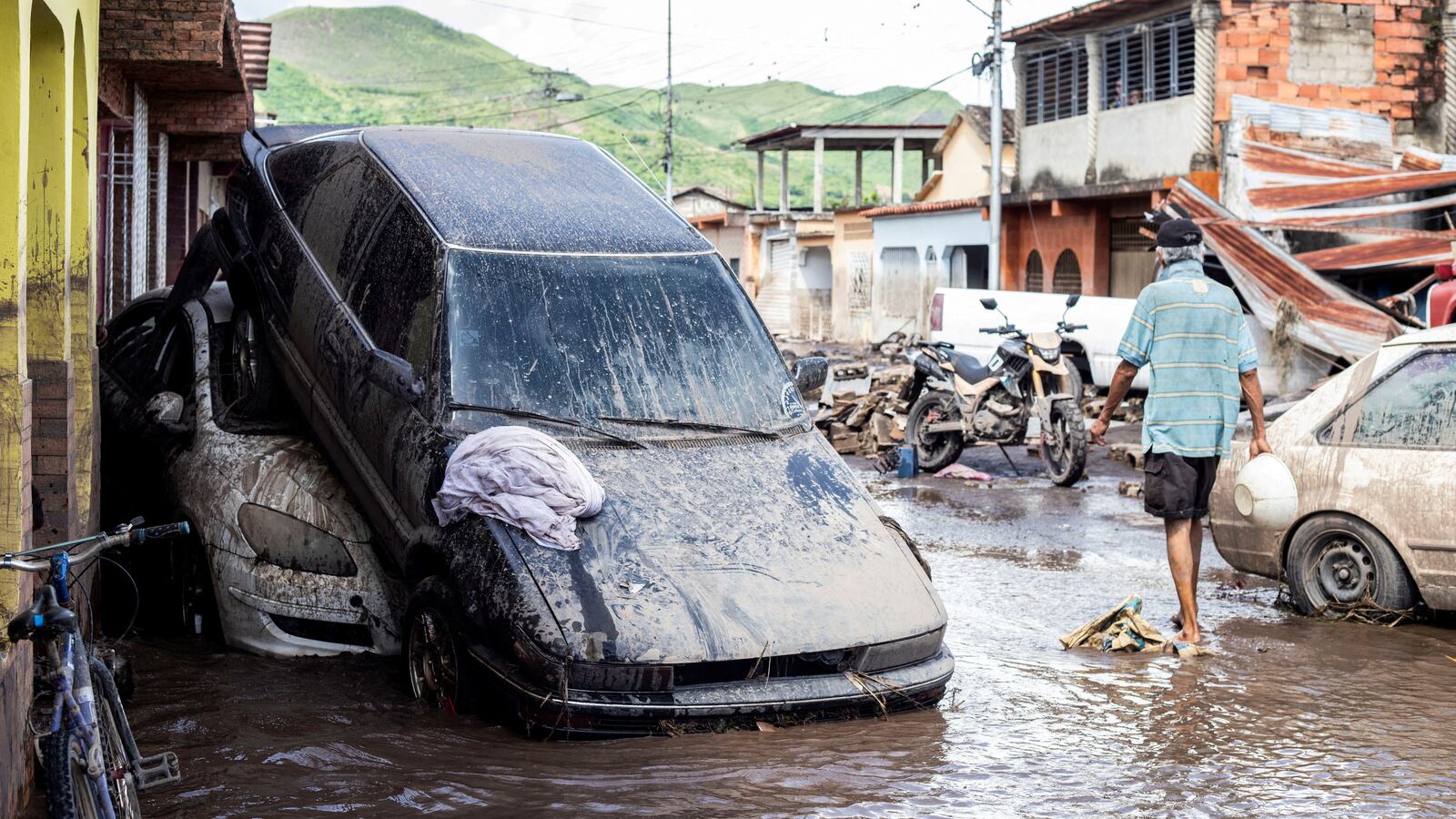The record-setting early season hurricane which has already claimed six lives in the Caribbean could hit the U.S. by Saturday, forecasters warned Wednesday.
Hurricane Beryl is currently a Category 4 storm pummeling Jamaica after causing extensive damage across the southeast Caribbean.
Devastating winds, life-threatening storm surge, and damaging waves were expected to pummel Jamaica and spread into the Cayman Islands late Wednesday, according to the National Hurricane Center. Life-threatening flash flooding and mudslides from heavy rainfall are expected over much of the area and southern Haiti through today.
The hurricane is then expected to hit both Mexico’s Yucatán Peninsula and Belize beginning Thursday night.
Looking ahead to the weekend, the National Hurricane Center says there is uncertainty over the track and intensity of the storm as it moves over the western Gulf of Mexico, but threats could reach as far as eastern Mexico and Texas on Saturday.
Current forecasts suggest that Beryl is likely to emerge in the southwest Gulf of Mexico by Friday night or early Saturday, driven by a heat dome of high pressure over the south-east U.S.
Coastal threats from Beryl could begin as early as this weekend. Onshore winds preceding the storm could lead to increasing surf, rip currents, and coastal flooding along parts of the Gulf Coast from eastern Mexico to Texas and western Louisiana starting Saturday.

This is the current map of Beryl’s progress, but forecasters warn it could cause coastal disruption along the U.S. Gulf coast as early as Saturday.
NOAAThese conditions may persist until just after Beryl’s landfall. The rip current threat could extend even farther east along the northern Gulf Coast, posing additional hazards for holiday beachgoers.
Beryl is then expected to take a subtle northwest turn in the western Gulf of Mexico, with potential landfall in eastern Mexico or South Texas’ Gulf Coast by Sunday or early Monday.
Despite weakening somewhat due to wind shear and land interaction, Beryl could still bring significant impacts to the Gulf Coast as either a tropical storm or hurricane.
Some restrengthening is expected before its final landfall, underscoring the importance of preparedness for residents along the Gulf Coast from eastern Mexico to Texas.
Just a few weeks ago, Tropical Storm Alberto caused significant coastal flooding along the Texas coast.
Already, Beryl has set records as the earliest hurricane ever to reach Category 4 and Category 5 power in the Atlantic, with 160 mph winds clocked on Monday. Previous records were set in 1933 and 2005, two of the most active hurricane seasons yet.
“There are so many superlatives to describe Hurricane Beryl given the time of year, the location and the strength,” Jonathan Zawislak, a meteorologist and flight director for the National Oceanic and Atmospheric Administration, told The New York Times.






